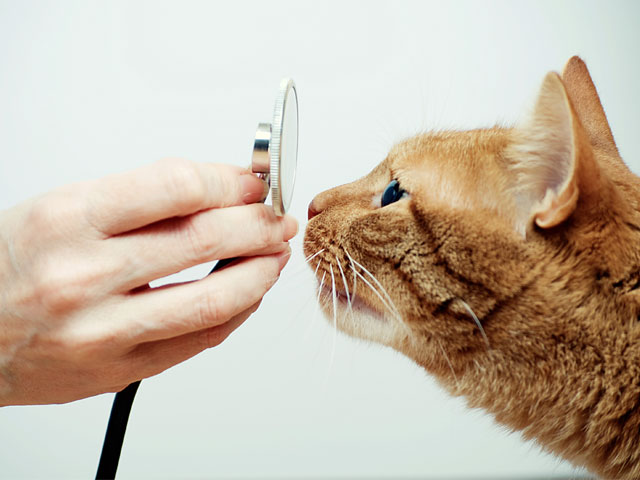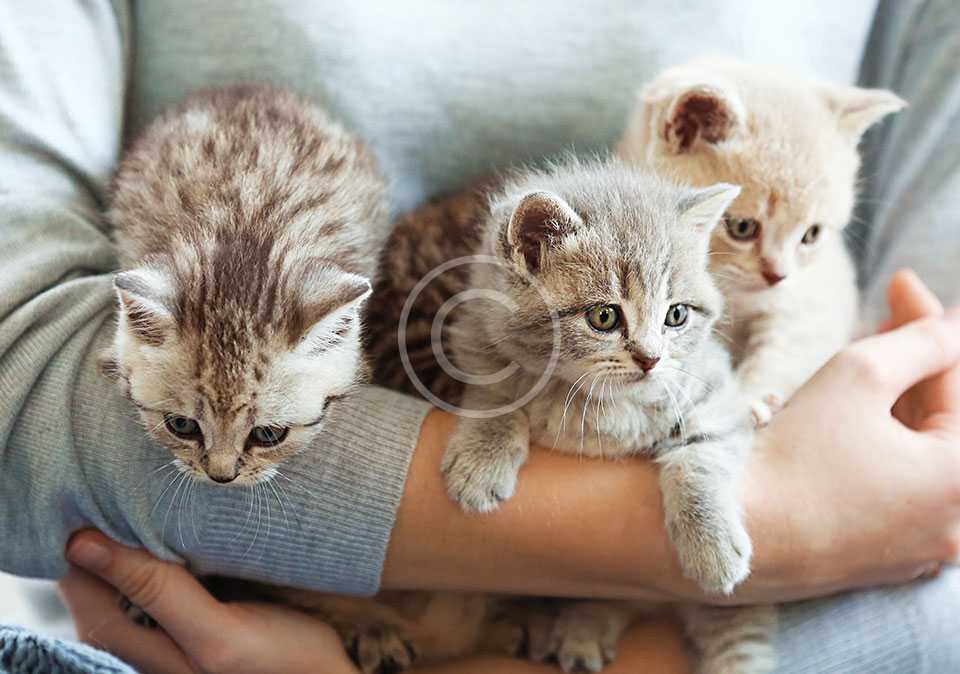Feline Infections and FIV
A client recently presented her old cat with symptoms of loss of appetite, lethargy, weight loss, and poor coat. The blood tests showed that the cat had FIV, feline immunodeficiency virus. This disease can be prevented by vaccination. It is a potentially fatal viral disease that interferes with the immune system of a cat. The sad progression is that eventually the immune system becomes too weak to fight off other infections or diseases.
This virus lives in the blood of the infected cat and is carried in its system throughout its life.
A major problem is that infected cats can potentially expose your healthy cat when they come in contact with your pet, most often infection is via a biting.
Feline Immunodeficiency Virus was first identified as an infectious agent in 1986. This virus is closely related to the Feline leukaemia virus but the viruses are distinct from each other in the way they infect cats, and what symptoms are shown.


The family that FIV belong to a group of viruses that are known to cause slow, progressive diseases which have a very long, prolonged stage where no symptoms are seen.This group includes the human immunodeficiency virus (HIV) the cause of acquired immune deficiency syndrome (AIDS) in humans.The importance of FIV lies in its contribution to the increased susceptibility of infected cats to other viral, diseases and cancers.This means that the FIV virus suppresses the immune system and the cats are more prone to getting secondary infections and becoming ill.
The opportunity to prevent FIV infection in very young and those cats at risk is important. Because the primary method of infection is through a bite wound. The aggressive and territorial behaviour shown by free roaming outdoor cats, puts them at a greater risk of getting an infection. Remember that biting is the primary method of virus transmission.
Since FIV infection carries an immune deficiency state, there are no classic signs associated with FIV itself. Other than a deterioration in body condition, the signs of the infection are usually associated with those of the invading agent, such as mouth ulcers, sore mouth, respiratory signs, chronic eye problems, urinary, gastrointestinal and skin conditions. Quite often the picture starts with minor ailments such as persistent infection, fevers and weight loss. Often following treatment the recovery between episodes is unremarkable, sometimes leading to the assumption that the signs are unrelated.
Your cat can be screened for FIV, using a blood test, if negative then a vaccination series will protect your cat. Infected cats can be found in all parts of Australia, where it is reported that between 7% and 32% of cats test positive to FIV infection. In Queensland the figure is around 28%.
Talk to your Vet about FIV, what is involved in the blood test and the vaccination protocol to protect your cat.
.
